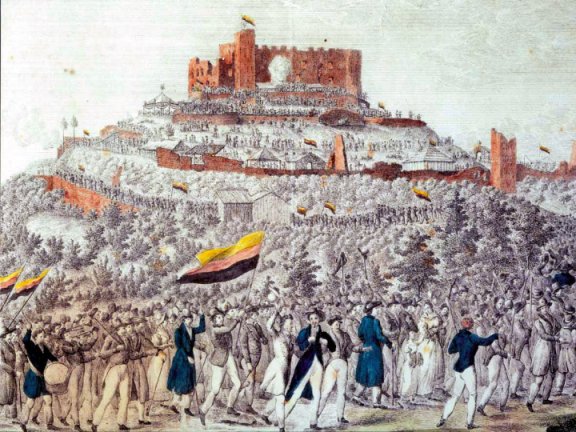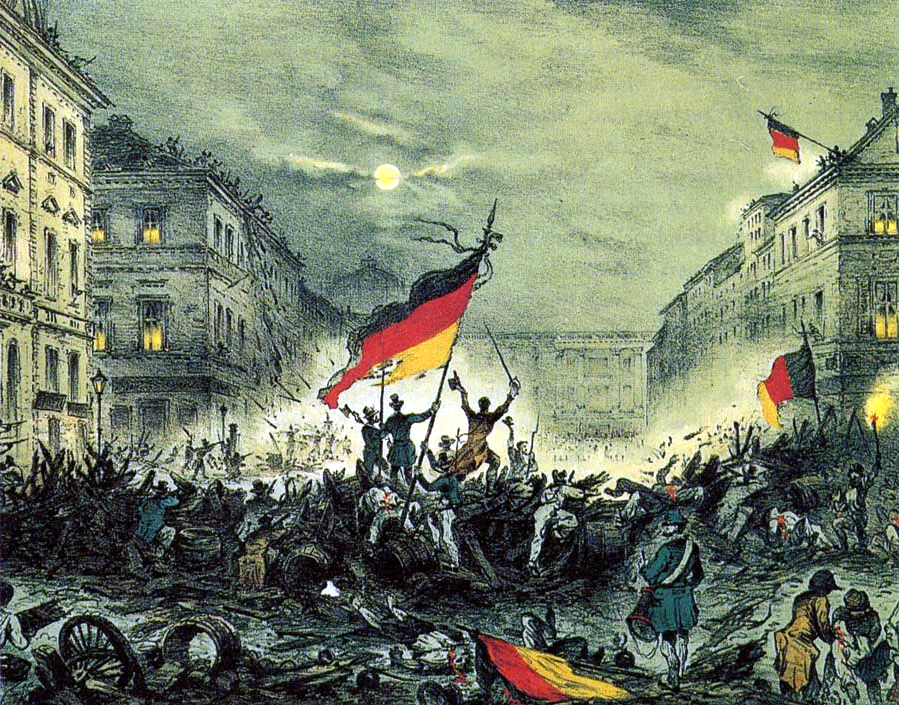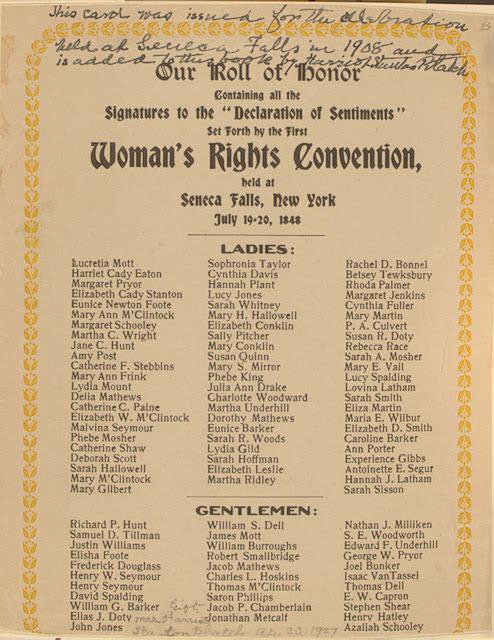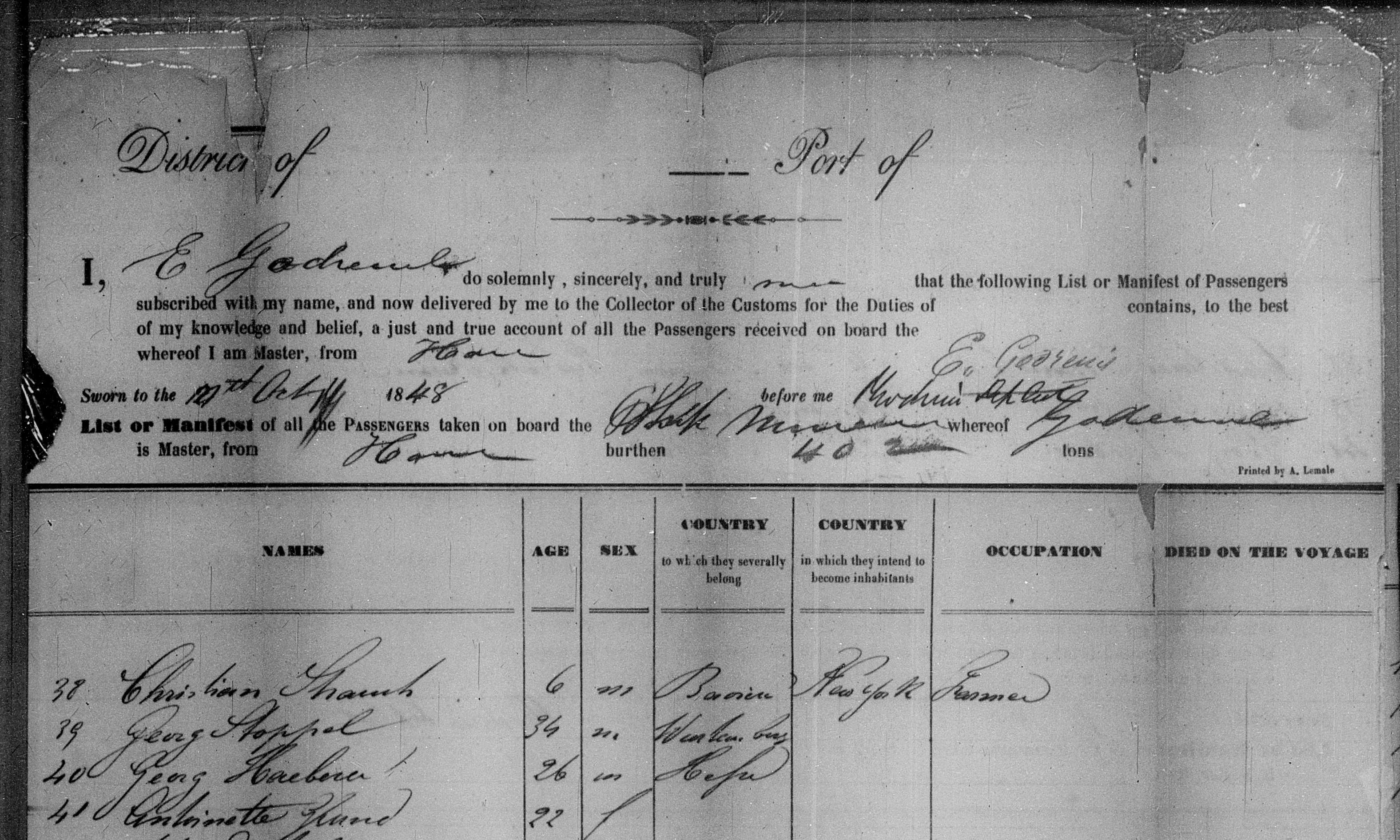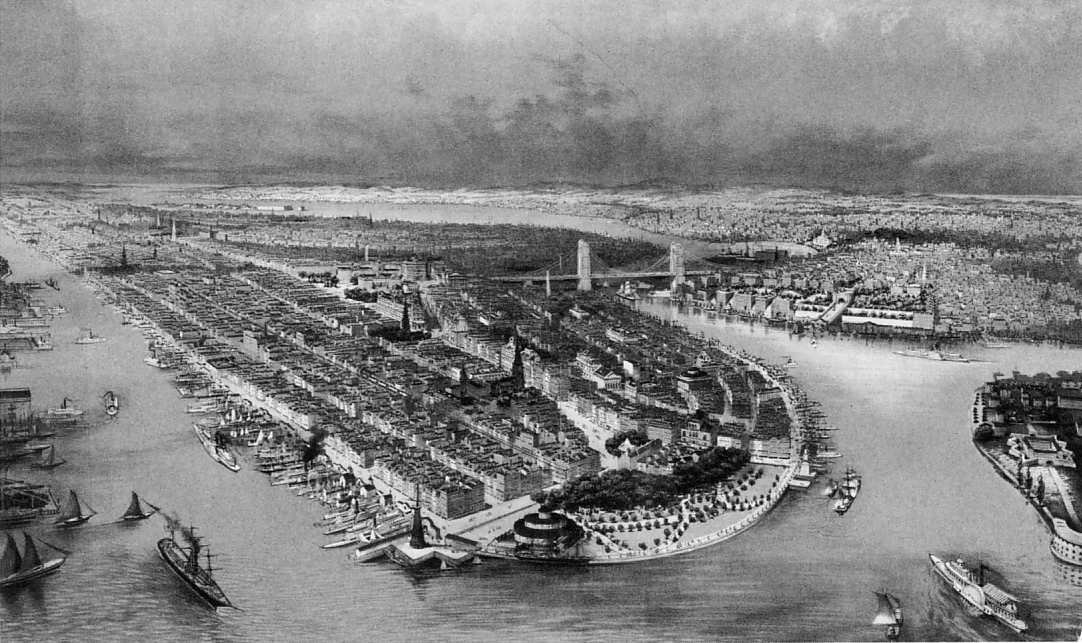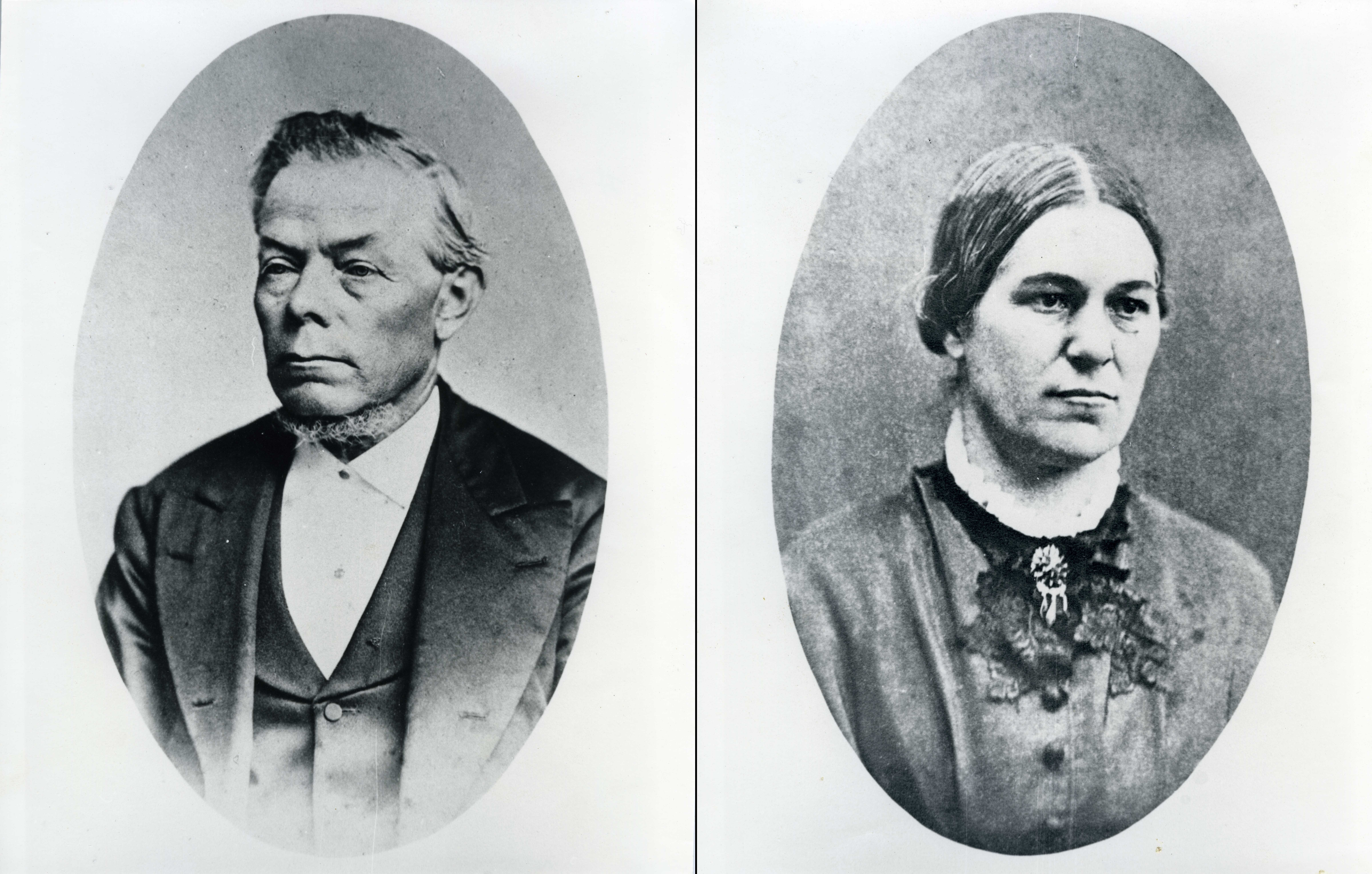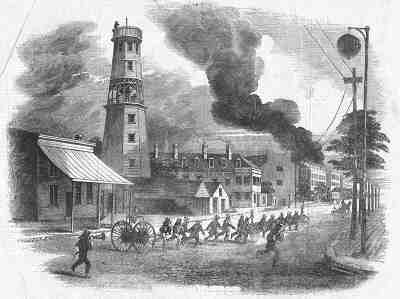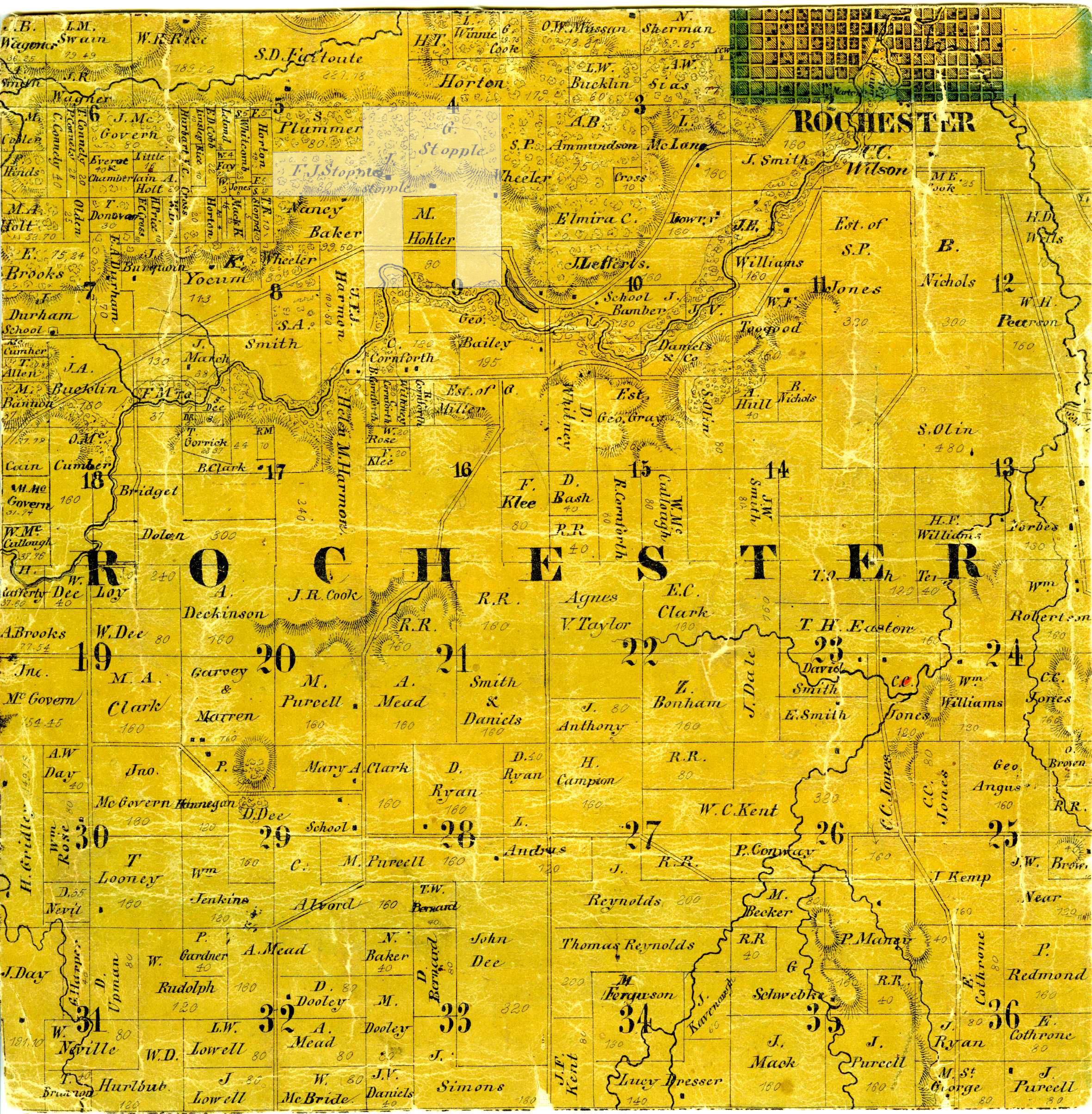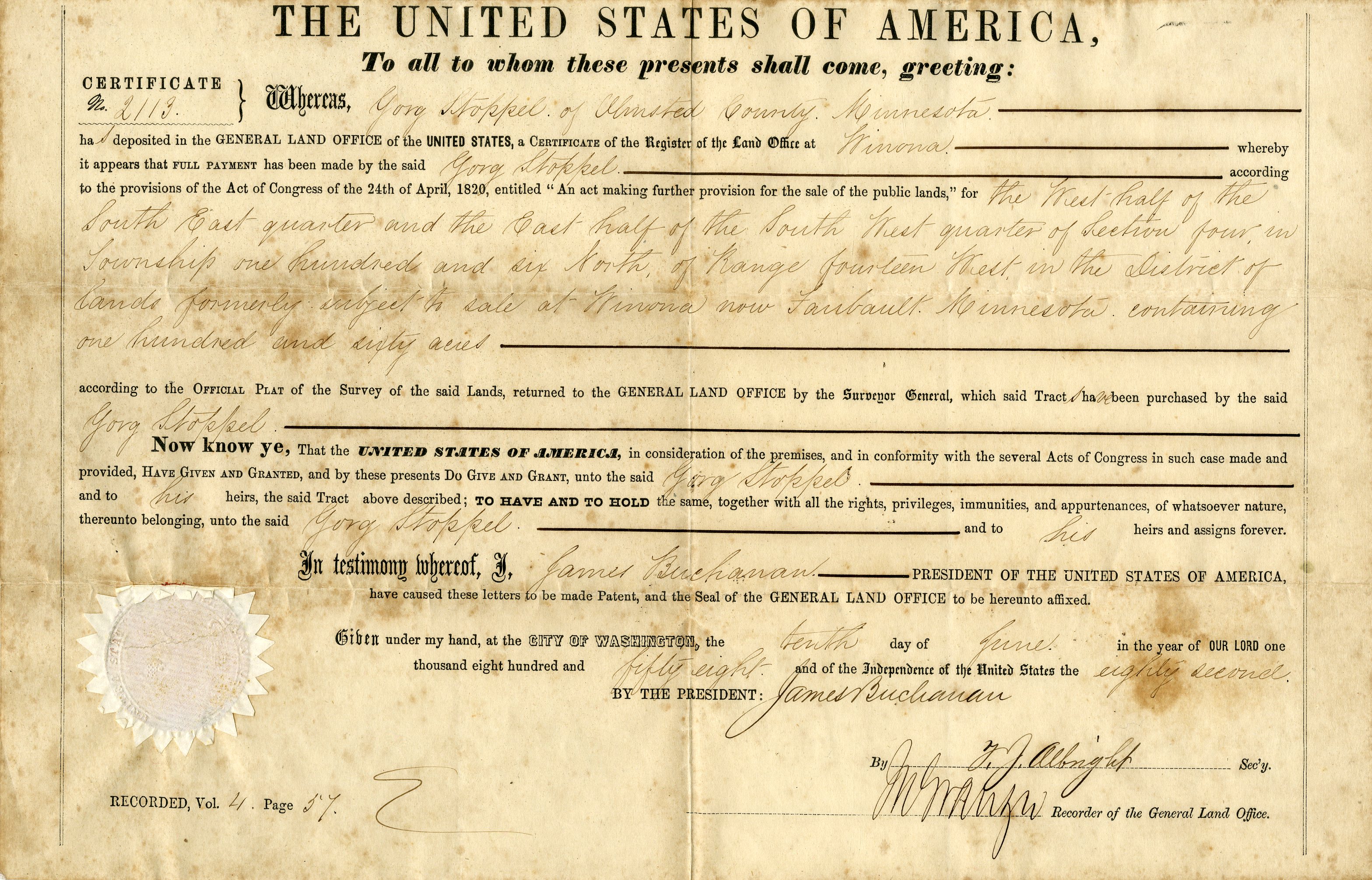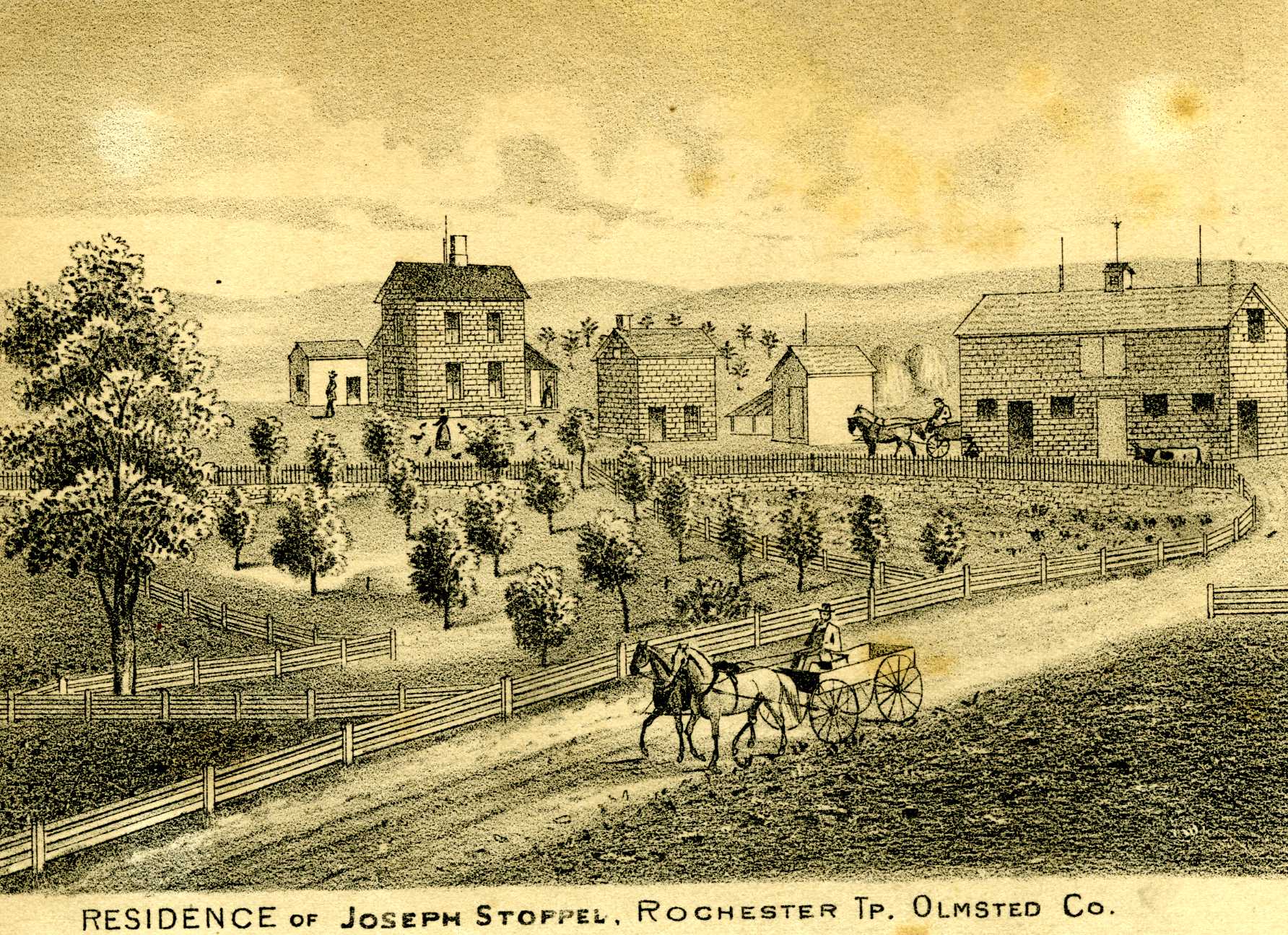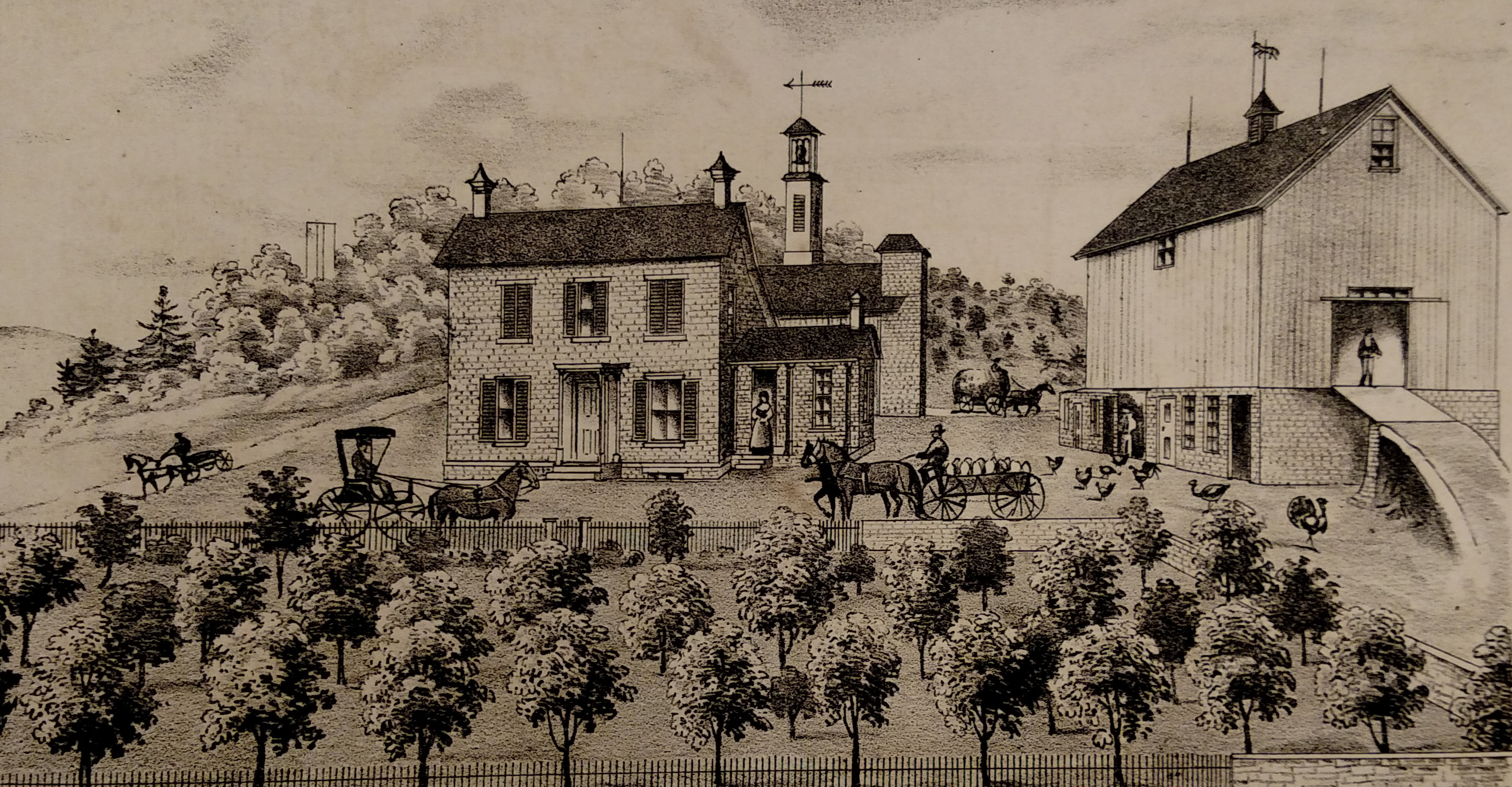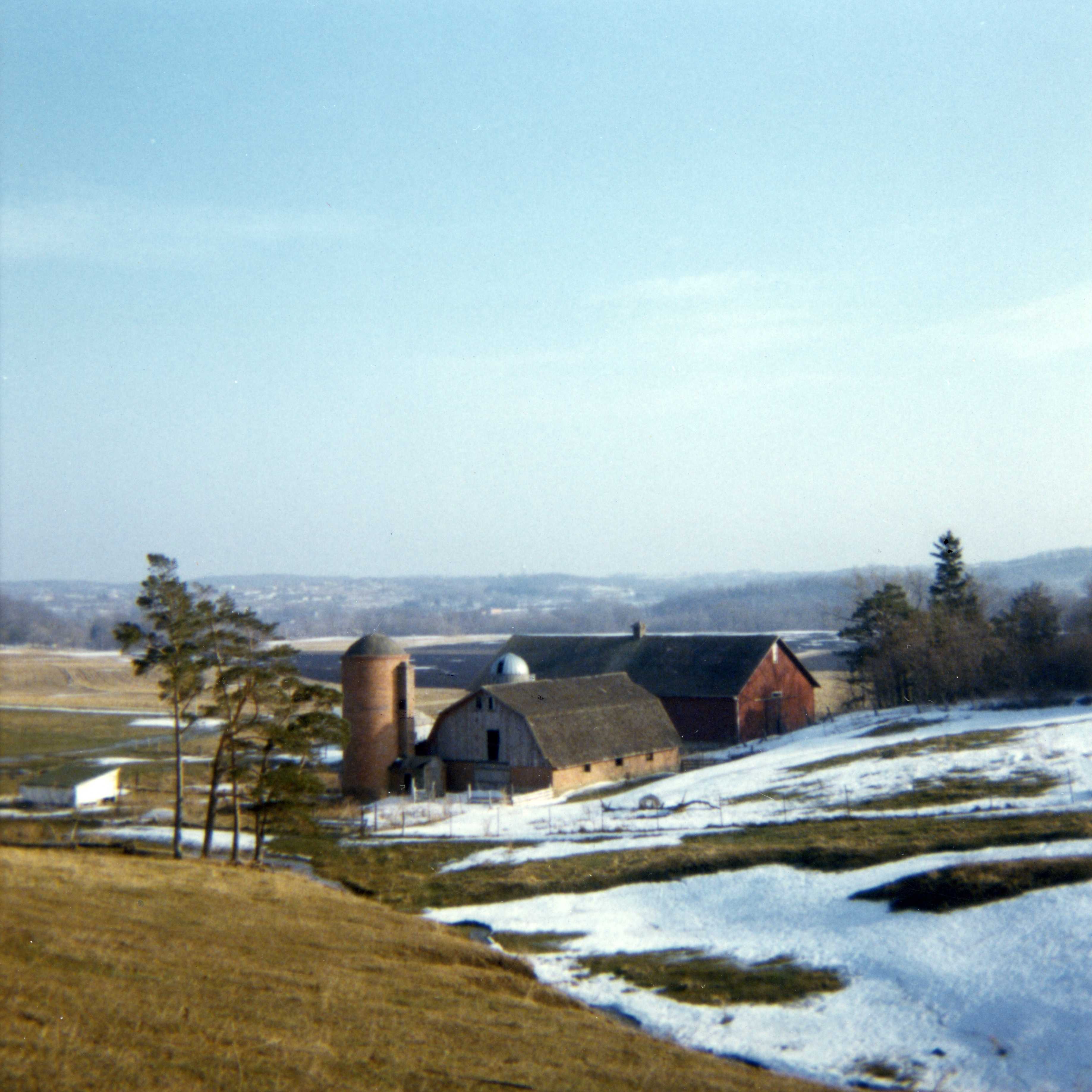Minnesota
In 1856, the two Stoppel families uprooted themselves and headed west. One story tells that a German minister’s description of the Minnesota Territory as “all good land where the wind don’t blow” influenced their decision. According to this story, they arrived in Winona by steamboat in the spring of 1856, and from there took a wagon to Rochester. George then filed a claim for 160 acres of land on April 28, 1856. Another story tells that the families traveled from Cincinnati by oxcart, sharing one wagon between them, in August of 1856 (whether that is when they left Cincinnati or arrived in Rochester is unclear). At this point, Joseph and Maria had four children and George and Maria had three children. All but the women and youngest children walked. In either case, after their long journey each brother pre-empted a quarter section of adjoining land in Rochester Township, about three miles southwest of Rochester. Joseph A. Leonard’s 1910 History of Olmsted County, Minnesota explains that “George immediately began to improve the place.” To file their claims, however, the brothers had to walk to the nearest land office, which was in La Crosse, Wisconsin. After three days and 70 miles, they reached their destination and paid $200 for 160 acres, or $1.25 per acre. Though George filed the land claim in 1856, the formal document describing the land signed by President James Buchanan is dated June 10, 1858.
The government required homesteaders to build a house on their land, but with winter approaching, the Stoppels decided to dig a cave into the hillside. It was here that Joseph and Maria’s fifth child, Charles, was born on March 16, 1857. That summer, George and Joseph each built a log cabin. Guided by Joseph’s experience with masonry, they quarried limestone from the nearby hills to build stone houses over the next few years, completing them in the early 1860s. Joseph built a lime kiln, the first in Olmsted County, near his house. The lime he produced there was used in several of Rochester’s earliest commercial buildings. Meanwhile, George added numerous buildings to his growing farming operations. A Record and Union article from December 1876 wrote about his “Fine Farm Buildings”, saying:
His barn, erected some three years since, is one of the best and largest in the county. It is 50x70 feet in size, and has a capacity for 150 tons of hay and over 5,000 bushels of grain. It contains underground stables for horses and cattle, with a pump in each, a room for cleaning grain, tool shed, chicken house, etc.
One of the most novel arrangements about the place is the wine cellar. It consists of a sort of cave extending under the bluff near the house, resembling the Hoosic Tunnel in shape. [The Hoosac Tunnel is a railroad tunnel in Massachusetts. When completed in 1875, it was the second longest tunnel in the world.] …It is used for storing wine, potatoes, etc. In connection with the cellar is a building used for a woodshed, corn-house, work-shop and smokehouse, the whole very conveniently arranged.
Both Stoppel families continued to grow in Minnesota, as well. George and Maria added another boy to their family with the birth of Frederick in 1864. Joseph and Maria had another four children: William, born 1859, Frank, born 1861, Mary, born 1862, and Emil, born 1866. Sadly, diphtheria found its way to the families in 1867, taking the lives of George and Maria’s children, Louis and Louisa, and Joseph and Maria’s children, Mary and Emil.
Both men lived long, productive lives in Olmsted County. George died November 29, 1897, just past his 84th birthday. His wife, Maria, died February 2, 1901. Joseph died June 26, 1898, just shy of his 87th birthday. His wife, Maria, died January 7, 1910.
Meanwhile, elsewhere in the world:
- 1856, the world’s first oil refinery opens in Romania
- 1858, British Empire in India begins
- 1859, Charles Darwin publishes On the Origin of Species
- 1861-1865, American Civil War
- 1861, Russia abolishes serfdom
- 1863, France annexes Cambodia
- 1867, United States purchases Alaska from Russia
- 1867, Alfred Nobel invents dynamite
- 1868, invention of the safety bicycle
- 1869, first Transcontinental Railroad is completed in the United States
- 1870, first commercially sold typewriter is produced
- 1871, beginning of the Second Industrial Revolution
- 1872, Yellowstone National Park, the first of its kind, is created
- 1873, blue jeans and barbed wire are invented
- 1874, Impressionists present their first public group exhibition
- 1876, General Custer is defeated at the Battle of Little Bighorn by an alliance of Lakota, Cheyenne, and Arapaho
- 1876, beginning of the "Gilded Age" in the United States
- 1877, Thomas Edison invents the phonograph
- 1881, first electrical power plant goes into operation in Godalming, England
- 1883, Krakatoa volcano in Indonesia erupts
- 1884, first electric car is produced
- 1885, first car with an internal combustion engine is produced
- 1886, Statue of Liberty is constructed
- 1886, Coca-Cola is developed
- 1889, Eiffel Tower is inaugurated
- 1890, the cardboard box is invented
- 1892, basketball is invented
- 1893, New Zealand becomes the first country to enact women's suffrage
- 1896, Olympic Games are revived in Athens
Rochester plat map showing George and Joseph Stoppel's lands, 1868
Document granting land to George Stoppel, dated June 10, 1858
Joseph Stoppel farmstead, 1874
George Stoppel farmstead, 1874
George Stoppel farmstead, looking southeast, 1966
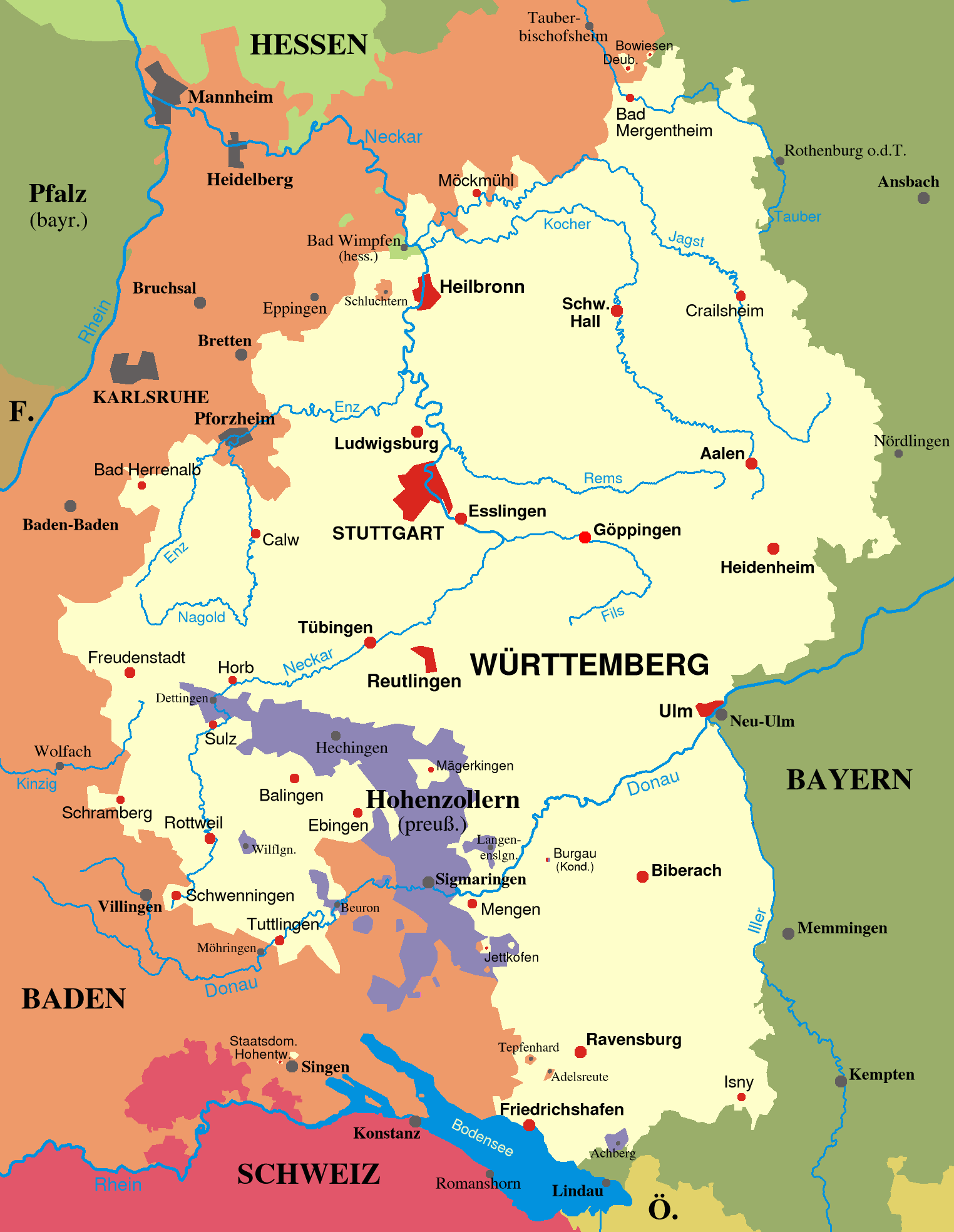
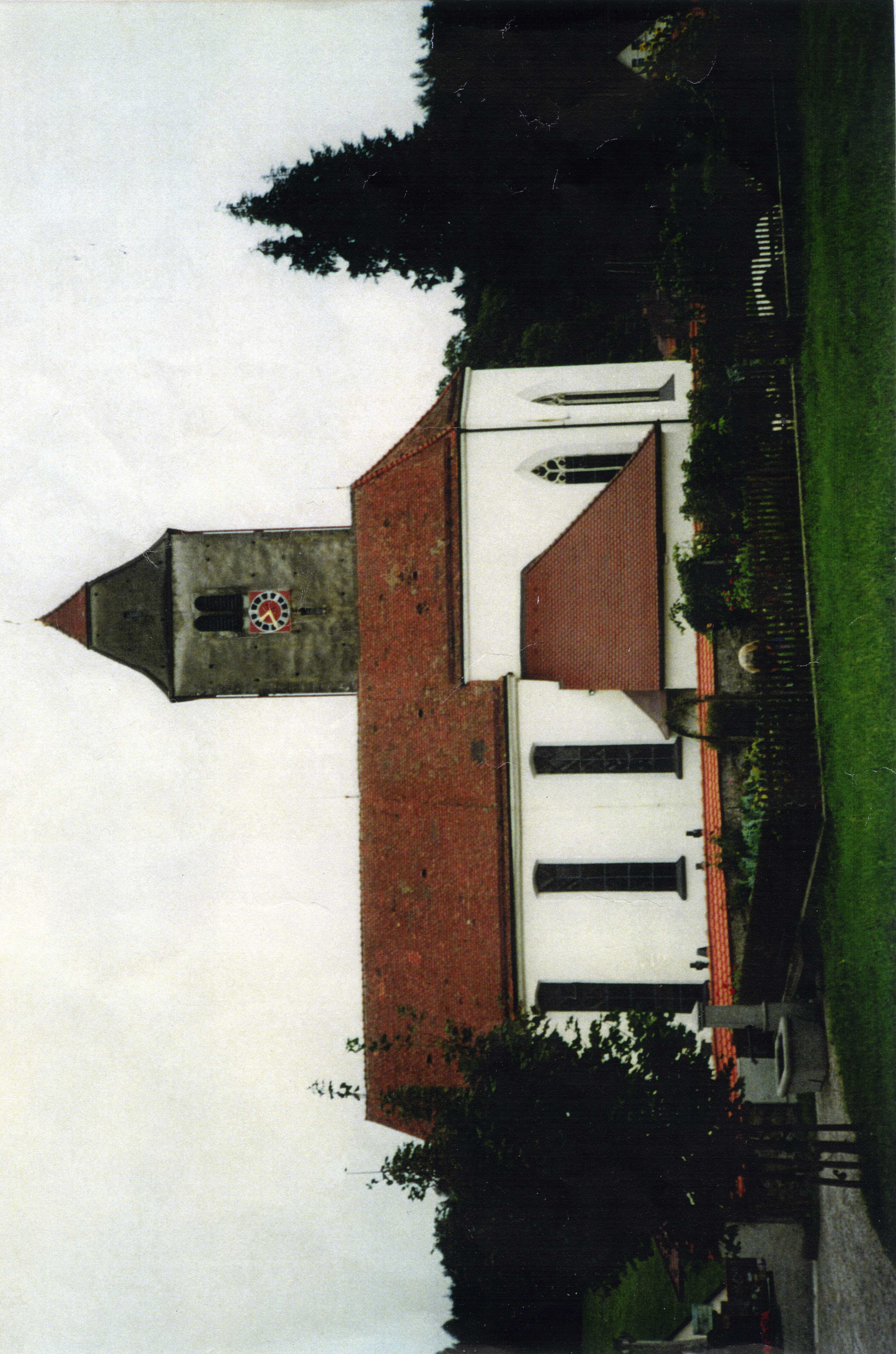


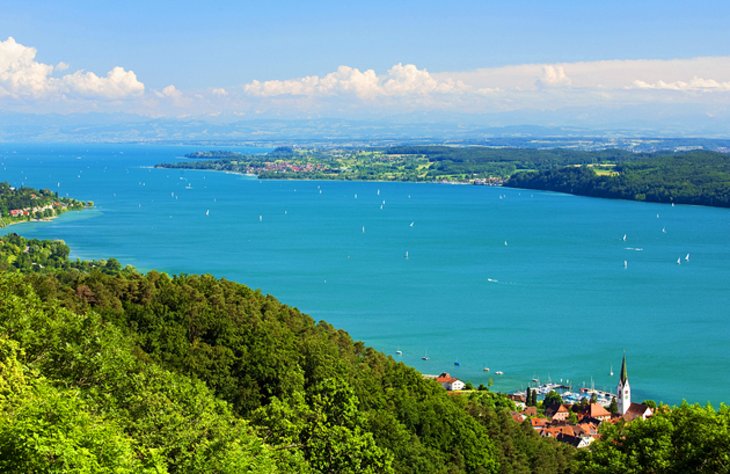 View of Lake Constance
View of Lake Constance